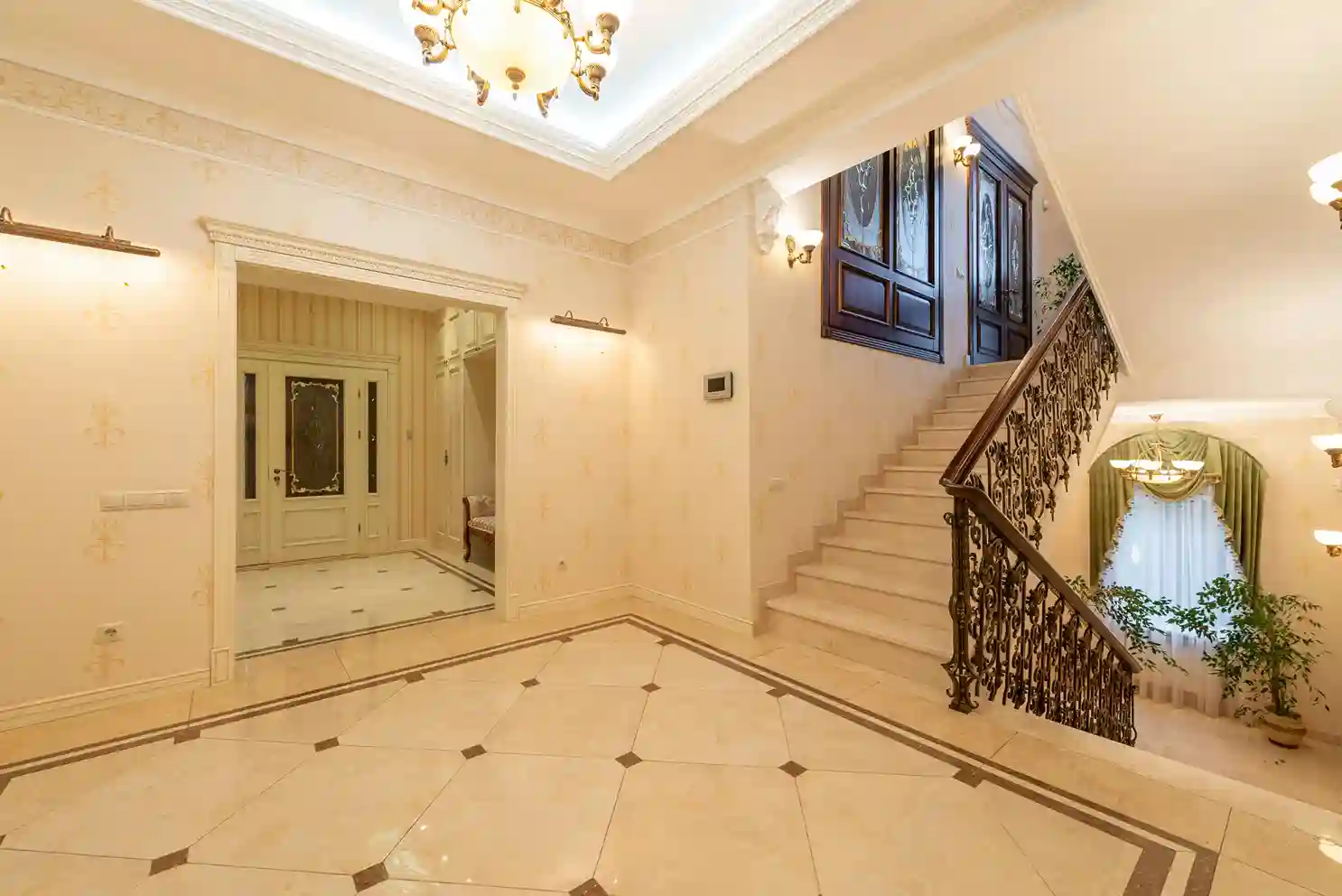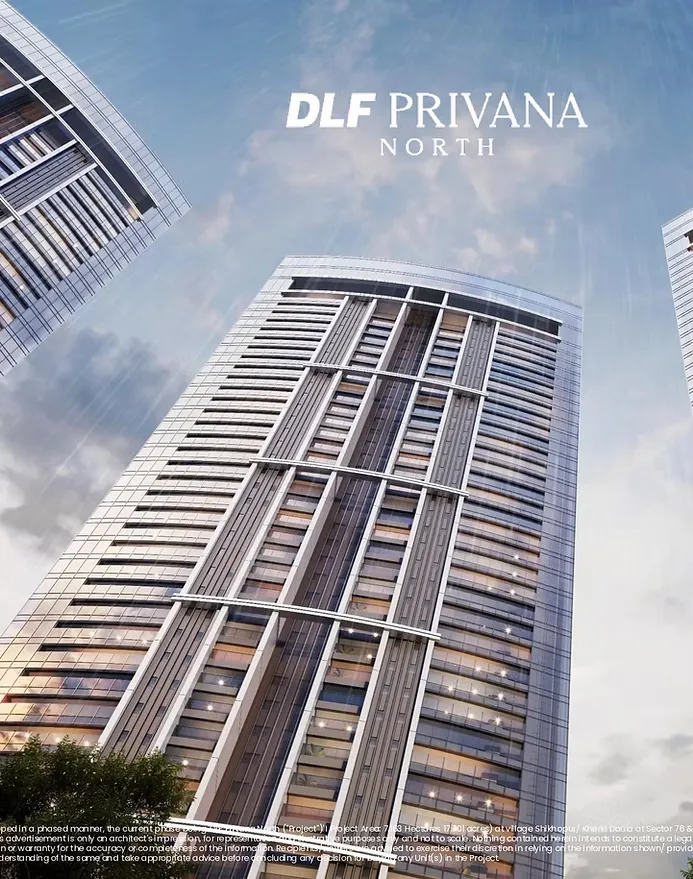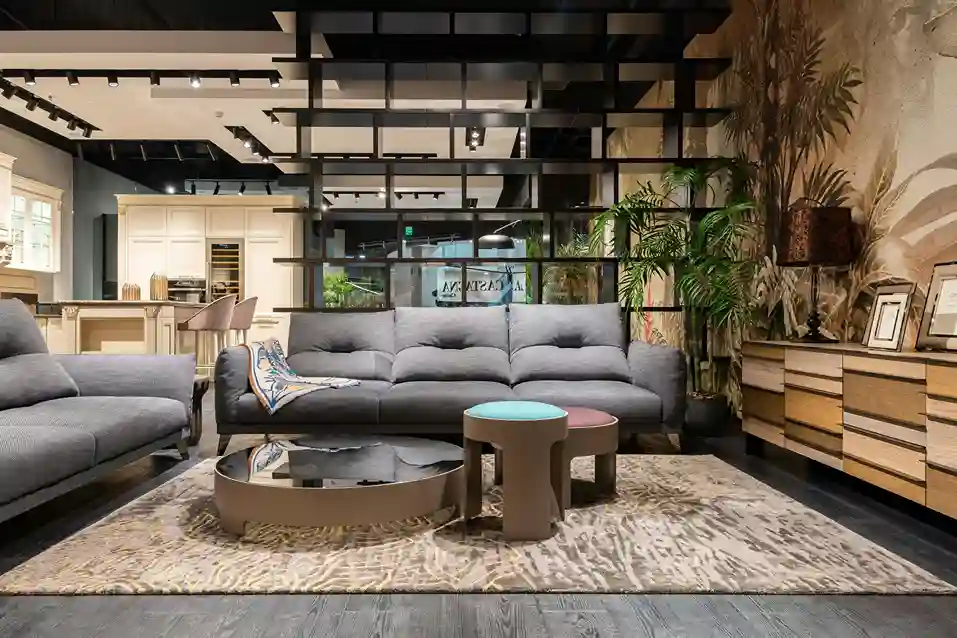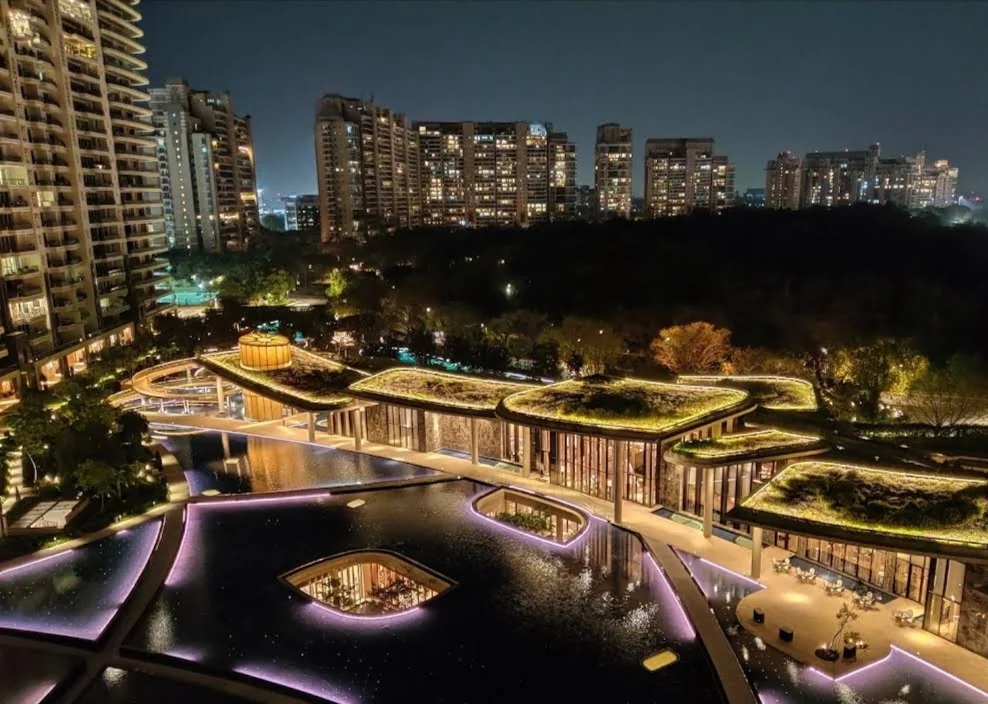

In a world that’s constantly in motion, the home stands still. It waits, quietly and patiently, to be filled—with furniture, with warmth, with colour, with memory. More than just walls and a roof, our homes are the physical expressions of who we are and how we want to feel. Home decor and design are far more than trends or aesthetics. They are the tools we use to shape our sanctuaries, the silent language through which we narrate our stories, and perhaps most importantly, the subtle architecture of how we live, dream, and grow.
Designing a home isn’t merely about filling a space; it’s about creating a world that reflects you, moves with your rhythm, and evolves alongside your journey. Whether it’s the earthy calm of natural wood tones, the bold defiance of an abstract painting, or the quiet comfort of a soft rug under tired feet, each choice tells a story. A well-designed home doesn’t shout. It whispers. And those whispers shape our moods, restore our energy, and cradle our thoughts after a long day in the world outside.
One of the most profound aspects of home design is how personal it is. There’s no one-size-fits-all formula. What makes one person feel cosy might make another feel claustrophobic. One might crave clean lines and muted colours; the other might need vibrant textures and organised chaos. But therein lies the magic, the home decor is democratic. It allows for individual truth, but when done with intention, it connects us universally. We all want to feel safe. We all want to feel inspired. And we all long to belong somewhere that feels truly ours.
It’s no surprise that the best spaces often don’t look like they came straight out of a catalogue. They’re imperfect. They carry the weight of time. They mix a grandmother’s lamp with a sleek, modern couch. They hang a child’s first drawing next to a framed print from an art gallery. They don’t try to impress; they try to express.
The modern design landscape is a balance between fleeting trends and enduring style. Pinterest boards overflow with “must-have” aesthetics—Scandinavian minimalism, boho chic, Japandi, mid-century revival. And while trends can spark ideas and offer fresh energy, they are timeless pieces that root a space. A well-crafted wooden table. A neutral palette that never tires the eye. A handmade ceramic vase. These design choices won’t beg for reinvention every few years.
That said, trends aren’t the enemy. They can be playful, exciting, and an excellent way to inject personality into a room. The trick is not to chase them blindly but to absorb what resonates. Maybe it’s a bold wallpaper that turns a dull hallway into a conversation piece. Or perhaps it’s an open-shelf kitchen that invites both chaos and creativity. The key is to let the trend serve the home, not vice versa.
Today’s home design is increasingly shaped by a more profound awareness: the desire to live more sustainably and intentionally. From sourcing ethically made furniture to choosing non-toxic paints and repurposing old materials, how we decorate reflects how we want to live in the world and with it.
Biophilic design, which integrates nature into our homes, is gaining popularity. It’s not just about having a few indoor plants (though that’s a good start); it’s about honouring the natural rhythm of light, allowing fresh air to flow, and choosing materials that feel alive—linen, stone, bamboo, and jute.
More homeowners also lean toward slow design, a philosophy that embraces thoughtful consumption, handcrafted details, and a “less but better” mindset. Instead of filling a space quickly with mass-produced goods, slow design asks: What will matter here in five years? In ten?
On the other side of the spectrum is a quieter revolution: the rise of smart homes. But technology today isn’t flashy or dominating; it’s seamless. With a thermostat that learns your preferences, lighting that adjusts to your mood, and blinds that rise with the sun, home tech is no longer about gadgets; it’s about enhancing comfort and flow.
Designers now work closely with tech developers to ensure that innovations don’t compromise beauty. Wires are hidden. Screens are disguised. Smart speakers double as sculptures. The goal is simple: a home that works for you, even when you’re not thinking about it.
What we often overlook in decor conversations is the emotional weight of design. A cold, sterile room can drain you, even if it's "on trend." A warm, cluttered room can energise you, even if it's not—colours, textures, and lighting all influence our mindspace.
Soft blues and greens calm the mind. Warm tones can evoke joy or nostalgia. Natural textures like cotton or cane can instantly bring ease to the senses. A home designed with empathy acknowledges not just function and beauty but emotion. It creates space for comfort, creativity, and connection. It understands that we’re not just living in it but feeling in it.
This is especially important in the post-pandemic world, where homes have become our everything—offices, gyms, classrooms, sanctuaries. Design must now adapt to the complexity of modern life. Multi-use furniture, adaptive lighting, and quiet corners for reflection are no longer luxuries but necessities. The emotional tone of space matters now more than ever.
A common misconception about home design is that it’s expensive. But the most beautiful rooms aren’t always expensive, they’re the most thoughtful. A second-hand mirror can become a statement piece. A handwoven throw can add soul to a minimal couch. Even rearranging what you already own, moving a lamp to a new corner or swapping out artwork can breathe fresh life into a space.
Design is creativity in action. It’s not about buying more but seeing more possibilities in the old and beauty in the everyday. Sometimes, all a room needs is a shift in perspective. And sometimes, that’s precisely what we need too.
DIY culture has exploded for a reason. People want to connect with the objects in their homes. They want to paint their walls, build their shelves, and hang up photos that matter. These acts aren’t just about saving money but about reclaiming a sense of authorship. After all, if our homes tell our stories, shouldn’t we be the ones to write them?
In every home, some objects hum with memory. A rusting iron trunk. A cracked ceramic bowl. A faded photo from before you were born. These are more than decor items; they’re pieces of time. They hold echoes of people, places, and moments that shaped us.
Modern design isn’t about discarding the old to make room for the new. It’s about weaving them together. A home rich in memory feels grounded. It reminds us that we are part of something bigger, that the spaces we create today will someday be stories in someone else’s heart.
Ultimately, home decor and design are not about creating a perfect space. They’re about creating a living space that grows, shifts, and breathes with you, one that reflects not just who you are but who you’re becoming.
Design is not static; it’s a verb. It’s what happens when love meets intention when creativity meets courage. And when you finally realise: your home doesn’t need to look like anyone else’s. It just needs to feel like yours.
So, hang the art that doesn’t match the couch. Keep the chair with the worn armrest if it makes you smile. Paint the wall a colour you’ve always loved but never dared to try. Because at the end of the day, the most beautiful homes aren’t the ones that are finished. They’re the ones that are lived in fully, messily, and joyfully.
Disclaimer: This blog has been written exclusively for educational purposes. The information mentioned are only examples and not recommendations. It is based on several secondary sources on the internet and is subject to changes. Please consult an expert before making related decisions.



